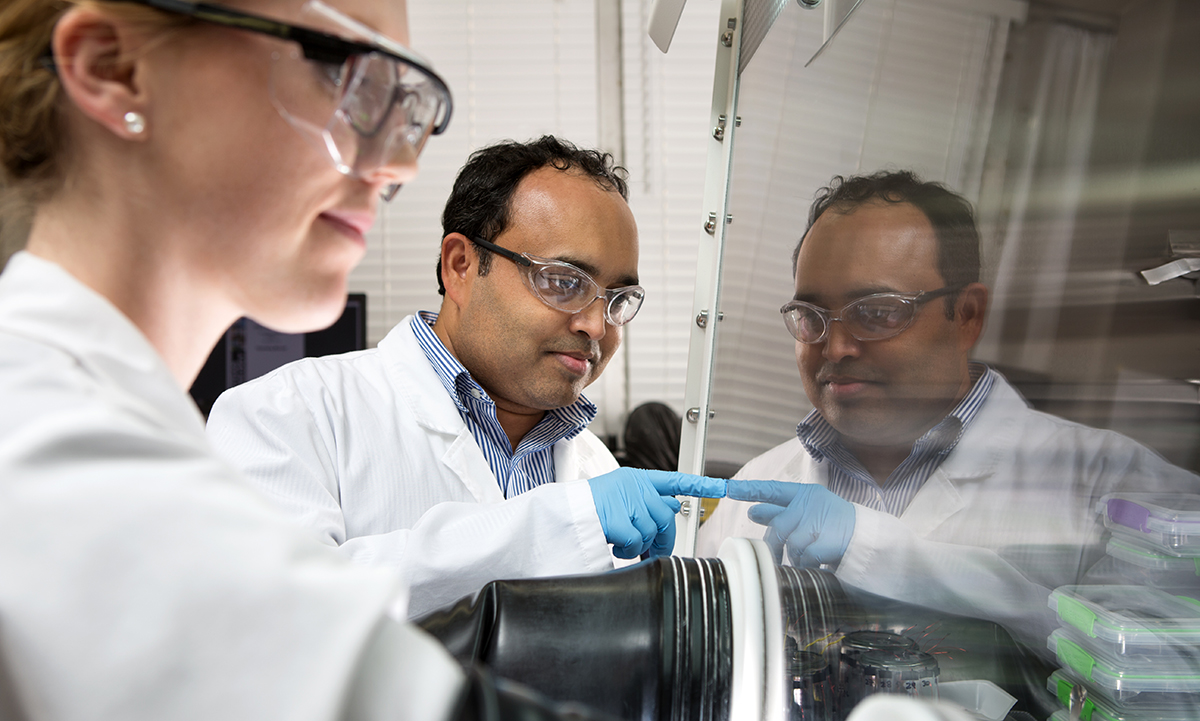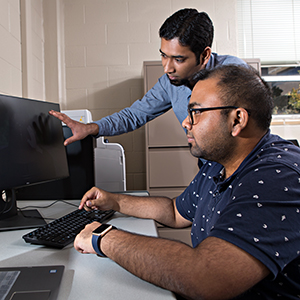Interested in graduate research?
With 15 departments in the College of Engineering, there are many opportunities available to conduct research!

Attention! Are you feeling lost in a sea of research labs? Don’t worry, I’ve got you covered. In this blog post, I’ll give you the lowdown on how to find the perfect research lab that matches your academic goals and research interests.
Research
To discover the research lab that resonates with you on a personal level, it’s essential to undertake a thorough search of the labs available across various domains. The journey begins with exploring the different labs that operate across different departments. At Texas A&M University’s College of Engineering, you’ll discover an extensive catalog of research labs on the college’s research website, meticulously categorized by department and domain. Each lab’s page is tailored to provide an in-depth look, allowing you to make an informed decision that aligns with your research interests and aspirations.
Furthermore, the departments publish research matrix documents that outline the labs operating at the intersection of various areas. By leveraging these resources, you can begin building a list of potential labs that match your research goals.
Connect
Remember, finding the perfect lab goes beyond just conducting research. It’s about discovering a place where you can flourish and grow as an individual. Hence, after compiling a list of potential labs, connect with existing students involved in those labs. These students’ names can typically be found on the lab websites and reaching out to them on LinkedIn or through email can provide valuable insights into the lab’s work culture, funding situation and the relationship between the principal investigator and the students. Following this, initiating a conversation with the faculty in charge of the lab, expressing your keen interest and seeking to comprehend the lab’s work culture are of paramount importance. It’s imperative to establish a rapport with the faculty and carefully evaluate the compatibility between yourself and the lab’s working environment to ensure a fruitful association.

PREPARE
After gaining an understanding of both the academic and interpersonal aspects of a prospective lab and determining it is a satisfactory fit, it is crucial to be aware of the requirements and prepare yourself accordingly. During your conversations with current students and faculty at the lab, ensure you explicitly inquire about their expectations of you and identify potential areas that may require attention. Once you have a clear understanding of the expectations, develop a comprehensive plan for addressing them and work closely with the lab to ensure everyone is on the same page. By doing so, you can have a smooth transition into the lab and work toward achieving your research objectives.
Persevere
The three aforementioned steps often occur concurrently, as finding a research lab that aligns with your interests and has availability for new students can involve chance.
Don’t be discouraged if the first lab you contact doesn’t have availability or funding at the moment. It’s vital to communicate with multiple labs simultaneously and maintain an open mind.
Though the process may be arduous and tense, persevere and ensure you have several promising options to choose from.
In conclusion, finding the perfect research lab requires patience, perseverance and a strategic approach. Through a thorough exploration of available labs and connections with existing students and faculty, you can identify a lab that aligns with your academic goals and research interests. By preparing for the lab’s expectations and requirements, you can ensure a smooth transition into the lab and work toward achieving your research objectives. Though the process may be challenging, maintaining an open mind and communicating with multiple labs will help you secure a fruitful research experience.

Aerospace Engineering
If you found this blog post interesting, you may consider reading “Planning a research paper” and “The importance of a strong support system in graduate school.”
